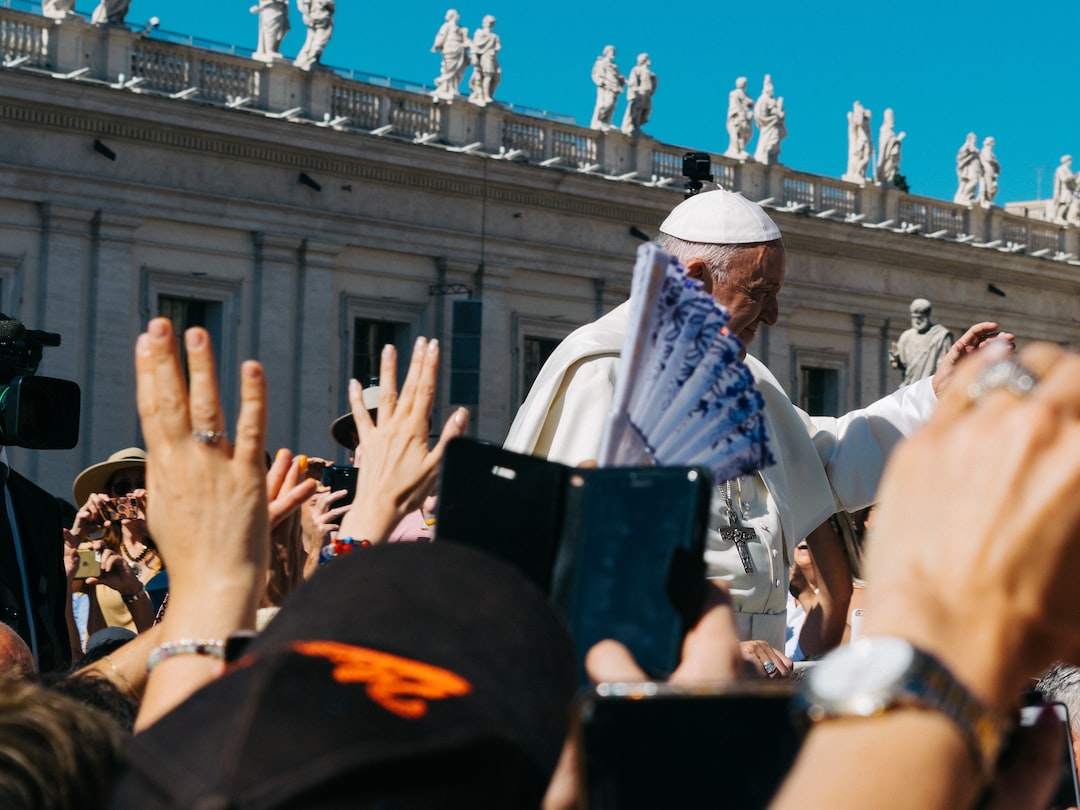Exploring the Connection Between Religion and Art: Inspiration, Symbolism, and Interpretation
Art and religion have a long-standing relationship that dates back to ancient times. Throughout history, various forms of art have been used to express religious beliefs, tell sacred stories, and depict divine figures. The connection between religion and art goes beyond the creative process; it delves into the realm of inspiration, symbolism, and interpretation. In this blog post, we will explore how religion has influenced art and how art, in turn, has shaped religious practices.
One of the key ways in which religion inspires art is through the portrayal of religious figures and stories. Religious texts, such as the Bible, the Quran, or the Bhagavad Gita, provide artists with a rich source of inspiration. Through their paintings, sculptures, or even music, artists find ways to visually represent the divine and the spiritual world. These depictions serve as a means of communication and connection with the divine. They aim to invoke a sense of awe, reverence, and devotion within the viewer.
Symbolism also plays a significant role in the relationship between religion and art. Artists often use symbolic imagery to convey deeper meanings and truths associated with religious beliefs. For example, the use of light in religious art represents the presence of the divine, while birds may symbolize freedom or a connection to heaven in various religious traditions. These symbols act as metaphors, allowing the viewer to engage with the artwork on a symbolic level and understand the spiritual message it conveys.
Art also serves as a medium through which religious ideas, stories, and rituals are interpreted and understood. The act of creating art can be seen as a form of meditation or prayer. Artists engage in a process of contemplation and reflection as they express their spiritual insights and experiences visually. When we interpret religious art, we enter into a dialogue with the artist, the religious tradition they represent, and the divine. The viewer’s interpretation of religious art is influenced by their personal beliefs, experiences, and cultural background. This multifaceted interpretation allows for a diversity of perspectives and a deeper exploration of religious concepts.
Furthermore, religious art has often played a crucial role in religious practices. Temples, churches, and mosques are adorned with religious artwork, such as stained glass windows, sculptures, or murals, which serve to enhance the worship experience. These artworks create a sense of sacredness and provide visual aids for prayer and meditation. Throughout history, religious art has been used as a tool for religious education and indoctrination as well. The visual representation of religious stories and figures helps to convey religious teachings to the illiterate or those unfamiliar with the religious texts.
However, the connection between religion and art is not always harmonious. There have been instances where religious authorities have criticized certain forms of art as blasphemous or heretical. The controversy surrounding artistic representations of the divine or religious figures can lead to debates regarding the appropriateness of such depictions. Nevertheless, these controversies also highlight the power of art to challenge and provoke, urging viewers to reexamine their beliefs and engage in critical discussions.
In conclusion, the connection between religion and art is profound and multifaceted. Art is inspired by religious beliefs, uses symbolism to convey deeper meanings, and serves as a means of interpreting and understanding religious concepts. Similarly, religious art plays a significant role in religious practices, creating sacred spaces, serving as aids for worship, and educating believers. The relationship between religion and art is a constant source of inspiration, debate, and exploration for artists, theologians, and viewers alike. It is through art that we continue to delve into the mysteries of the divine, seeking to understand and connect with the spiritual realm.

